Puerto Rico Out of Power Again
Puerto Rico is an unincorporated territory of the United states located in the Caribbean Bounding main. Information technology is a minor island with a population of about four 1000000 citizens. On July 25, 1898, during the Spanish American War, U.s. invaded Puerto Rico and commenced a long human relationship between the two. With this list, I'll try to underline eight atrocities committed by the United States in Puerto Rico.
La Operacion is a documentary that highlights the female sterilization policy. This policy was implanted by the United States as role of FDR's "Operation Bootstrap" in a motion toward industrialization. By 1974 35% of the Puerto Rican women were sterile and this number reached 39% past 1981. The trouble with this sterilization policy is that most of the Puerto Rican women were misinformed nigh the sterilization process and almost of the women didn't know what the consequences would be.
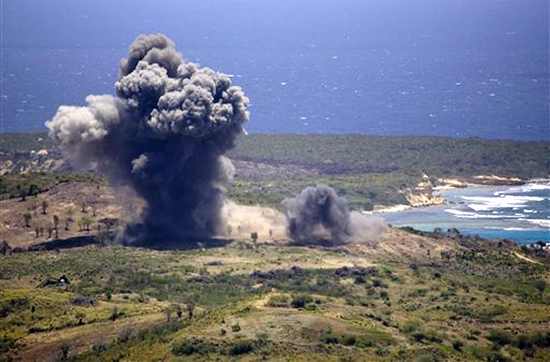
Vieques is an island municipality of Puerto Rico located in the northeastern Caribbean, it is also known as "La isla nena." Vieques has a total area of 134.4sq miles and is inhabited by more than ix,000 viequenses. From 1941 to May i, 2003 the United States Navy used Vieques for naval preparation and testing. From 1941 to 1942 the U.Southward. Navy expropriated 22,000 of Vieques 33,000 acres, by 1963 the Navy owned 22,600 acres of Vieques, almost 70% of the island.
In 1948 they commenced bombing do which connected for 55 years. Over the form of their stay, more than than 22 one thousand thousand pounds of armed services and industrial waste product was deposited on the island. The isle was bombarded an average 180 days per yr and in 1998 the Navy dropped 23,000 bombs on the isle. Professor Jose Seguinot Barbosa, Managing director of the Geography Department in the Academy of Puerto Rico at Rio Piedras, states in his report "Vieques, the Environmental of an island under siege" that the eastern tip of the island constitutes an area with more craters per kilometer than the moon.
As a result of all this, the cancer charge per unit in Vieques is 27% higher than in the mainland. Nearly of the elements and toxic compounds dumped in the isle were arsenic, lead, mercury, cadmium, depleted uranium and napalm. Studies show that the ground water in Vieques is contaminated by nitrates and explosives. Testing done in the Lcacos Bay showed concentrations of cadmium in crabs 1,000 times greater than the World Wellness Organizations tolerable ingestion maximum dosage. Heavy metals have been institute in other species of fish.
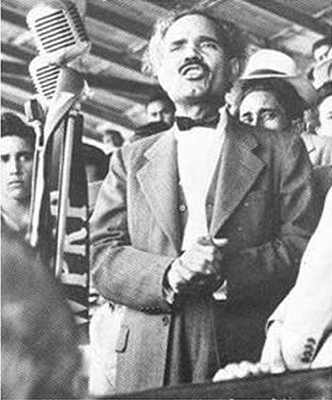
Dr. Pedro Albizu Campos was a prominent leader in the independence movement of Puerto Rico. Albizu was imprisoned numerous times for seditious conspiracy against the United States. While in prison, Albizu said he was a discipline of human experimentation without consent or warning. The U.South. Government's response was that Albizu was insane. The president of the Cuban Cancer Association, Dr. Orlando Damuy, traveled to Puerto Rico to examine Albizu. PhysicianDamuy reported burns on Albizu'due south body caused by intense radiation. It is said that they placed a metal prune and film on Albizu'due south pare and the clip radiated into the film.
Albizu died in 1965 and more than 75,000 Puerto Ricans carried his remains to the Old San Juan Cemetery. In 1994, under the administration of ex-president Bill Clinton, the United States Section of Energy disclosed that human being radiations experiments had been conducted without consent on prisoners in Puerto Rico during the 1950s and 1970s.
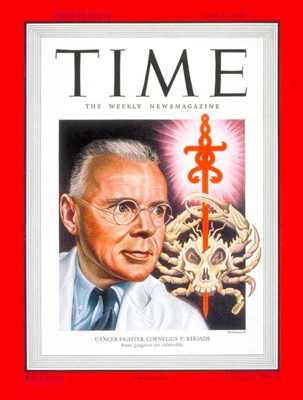
Dr. Cornelius Rhoads was an American md and pathologist that became infamous for performing several objectionable experiments with human beings. In 1931, sponsored by the Rockefeller Institute, Rhoads deliberately infected several Puerto Rican citizens with cancer cells. Supposedly, 13 of the patients died. Dr. Rhoads once said in a written document: "The Porto Ricans [sic] are the dirtiest, laziest, most degenerate and thievish race of men ever to inhabit this sphere… I take done my best to further the procedure of extermination past killing off eight and transplanting cancer into several more… All physicians take delight in the abuse and torture of the unfortunate subjects." An investigation done in 2003 past bioethicist Dr. Jay Katz found that the accusations were well founded and documented.
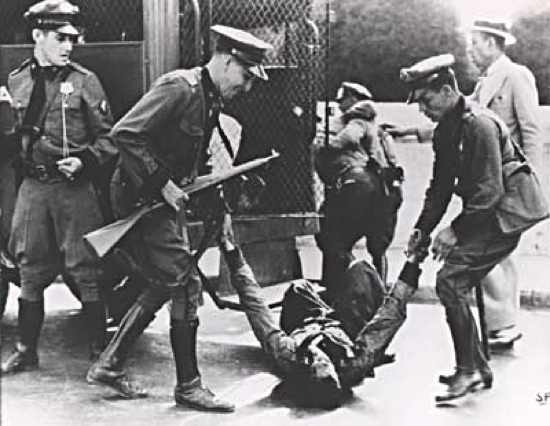
The Ponce Massacre, which took identify on March 21, 1937, was one of the most tearing episodes in the history of the twentieth century in Puerto Rico. The activity was announced in El Mundo paper on March xix, indicating that the meeting of the Nationalists in Ponce and next areas would be at 2pm in front of the Nationalist Party Headquarters in Ponce. That morn, Colonel Orbeta, the chief of police, traveled to Ponce with the intention of prohibiting the Nationalist activity. A week before, the Nationalists had requested say-so for the march from Mayor José Tormos Diego, who was away from Puerto Rico on vacation and had left Dr. William Gelpí as acting mayor. Gelpí authorized Casimiro Berenguer, the military teacher of the "Cadetes de la Republica" to disseminate information to the consequence that permission had to exist granted past Mayor Tormos Diego. The Nationalists had filed the request despite the fact that the laws of Puerto Rico immune parades or public acts to be held without the need to ask permission.
The police under the control of Guillermo Soldevila, the head of the force in Juana Díaz, and Felipe Blanco cordoned off the demonstrators, using skilful marksmen mobilized from all the police stations in Puerto Rico. The police covered the corner where the Nationalist Council was located on Marina Street, between Aurora and Jobos Streets. Meanwhile, the Cadets of the Commonwealth and the Nurses Corps organized in 3 columns. The cadets wore a uniform of white trousers, black shirts, black caps, and on the left sleeve, a Calatravian cross. Leading the cavalcade was cadet captain Tomás López de Victoria. The young women formed upwardly equally the nurses corps, wearing white uniforms and marching behind the young men. Bringing up the rear was the band, made up of v or six musicians. Nearby, on Aurora and Marina Streets, nigh in front of where the Council was located, the families of the cadets came together with other Nationalists who had come to meet the parade. The band played "La Borinqueña," and the helm of the Cadet Corps, Tomás López de Victoria, immediately gave the order to step off. At the precise moment when they were virtually to do so, Soldevila raised a whip, put it to the chest of López de Victoria, and told him that they could not march. Police officeholder Armando Martínez ran from the corner in front of the Nationalist Council toward Marina Street, firing once into the air, which unleashed volleys of shots from arms of different calibers. Eight people died instantly and others died later, for a total of xix. Police officers Ceferino Loyola and Eusebio Sánchez died victims of the crossfire of their fellows. Georgina Maldonado, a 13 year old-girl, an employee of a nearby gas station, José Antonio Delgado, a member of the National Guard who was passing by, and 14 Nationalists also died.
A number of citizens of Ponce requested that the American Civil Liberties Union investigate what happened on March 21. An Investigating Commission on the causes of the Ponce Massacre was established, presided over by Atty. Arthur Garfield Hays, a U.s. citizen delegated by the ACLU, with Emilio S. Belaval, the president of the Puerto Rico Atheneum, Mariano Acosta Velarde, the president of the Puerto Rico Bar Clan, Francisco Thousand. Zeno, the editor of La Correspondencia newspaper, Antonio Ayuso Valdivieso, the manager of El Imparcial newspaper, and Manuel Díaz García, a former president of the Medical Clan. The commission carried out an exhaustive investigation of the facts and in its report placed the arraign on Governor Winship. It referred to the happenings as the Ponce Massacre. [source]
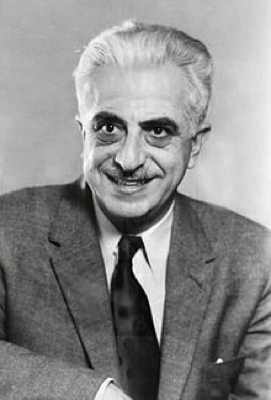
In the early 1950s the Puerto Rican women were used for experimentation in the making of the first birth control pill. The Pill was invented past Dr. Gregory Goodwin Pincus only strict laws in the U.South. didn't let full calibration experimentation. In 1955 Dr. Pincus and his colleague, Harvard obstetrician and gynecologist Dr. John Rock visited Puerto Rico and and then decided it was a perfect place to test out their pill due to the lack of anti-birth control laws.
The trials began in Rio Piedras but chop-chop moved throughout the poor sectors in the island. The experiments was based on poor and working grade women; these women were not told the pill was experimental and were non told the negative effects the pill could have on them. 3 young women died during these experiments and no investigations were conducted to make up one's mind crusade of death.
![Younglords2[1]](https://listverse.com/wp-content/uploads/2012/10/younglords21.jpg)
The consequence of the colonization is very evident on the Puerto Rican people. "La ley de mordaza" was implanted past Governor Jesus T. Piñero on May 21, 1948 which did not permit any Puerto Rican to show any patriotism or even brandish the Puerto Rican Flag. Puerto Ricans were given citizenship in 1917 with the Jones Act, Puerto Ricans were considered alien in United States merely once the Jones Act took issue more than than 20,000 Puerto Ricans were drafted by the ground forces. With the Usa came huge changes in the educational system making American values and principles the main teachings in schools and even forcing teachers to teach English. It wasn't until 1998 that Puerto Ricans inverse back to Spanish as their chief linguistic communication in schools.
The United States implanted an economy that depended on them; this destroyed the agriculture in Puerto Rico. In less than 20 years, 90 cents of each dollar that a Puerto Rican spent went to the United States. This fabricated Puerto Rico one of the poorest countries in America. The Puerto Ricans however do not accept a divers status; Puerto Rico has ane of the worst economies in America and an unemployment rate of more than 16%. Puerto Ricans don't accept the same rights for their social security or fifty-fifty veterans' benefits, fifty-fifty though they meet the same requirements than the people that live in the states.
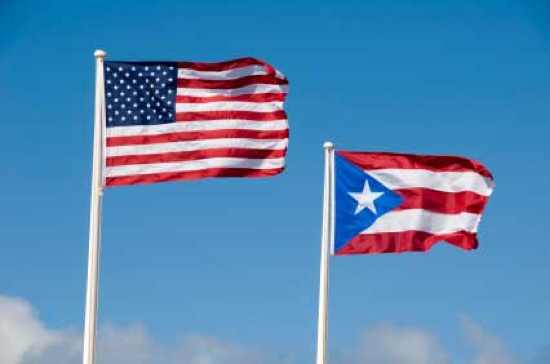
Puerto Rico has been a US territory for more than 100 years and has been divers equally a democracy since 1952. Puerto Ricans cannot vote for the US President or Congress but they take to obey federal laws. A Resident Commissioner represents Puerto Ricans in Congress just he cannot vote on legislation. This affects Puerto Ricans every mean solar day. An case of this is the Cabotage laws implanted in 1920 by the Jones Human activity. This law says that Puerto Ricans must utilise the U.Due south. Merchant Marine for the oceanic transportation of whatever goods bought by Puerto Rico. This is a problem because Puerto Rico, existence an island, does not produce everything it consumes and is obliged in the use of the U.S. Merchant Marine. The U.South. Merchant Marine is 1 of the most expensive merchant marines in the world. It is estimated that if Puerto Ricans were not forced to utilise the U.S. Merchant Marine prices in all imported products would drib 40% and it would save Puerto Ricans $150 meg in product consign, this would lower the prices of the exported products and make Puerto Rico a more than competitive state in the world market.
You lot could think that Puerto Rico has the Cabotage laws applied considering it hasn't defined their political status but this in non true because other US territories like the US Virgin Islands don't accept to comply with these laws. Another fact is that the Puerto Rican merchandise produces 25% of The U.South. Merchant Marine's income.
thompsonjudis1994.blogspot.com
Source: https://listverse.com/2012/10/26/8-atrocities-committed-again-puerto-rico-by-the-us/
0 Response to "Puerto Rico Out of Power Again"
Post a Comment